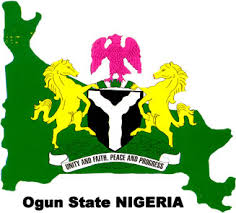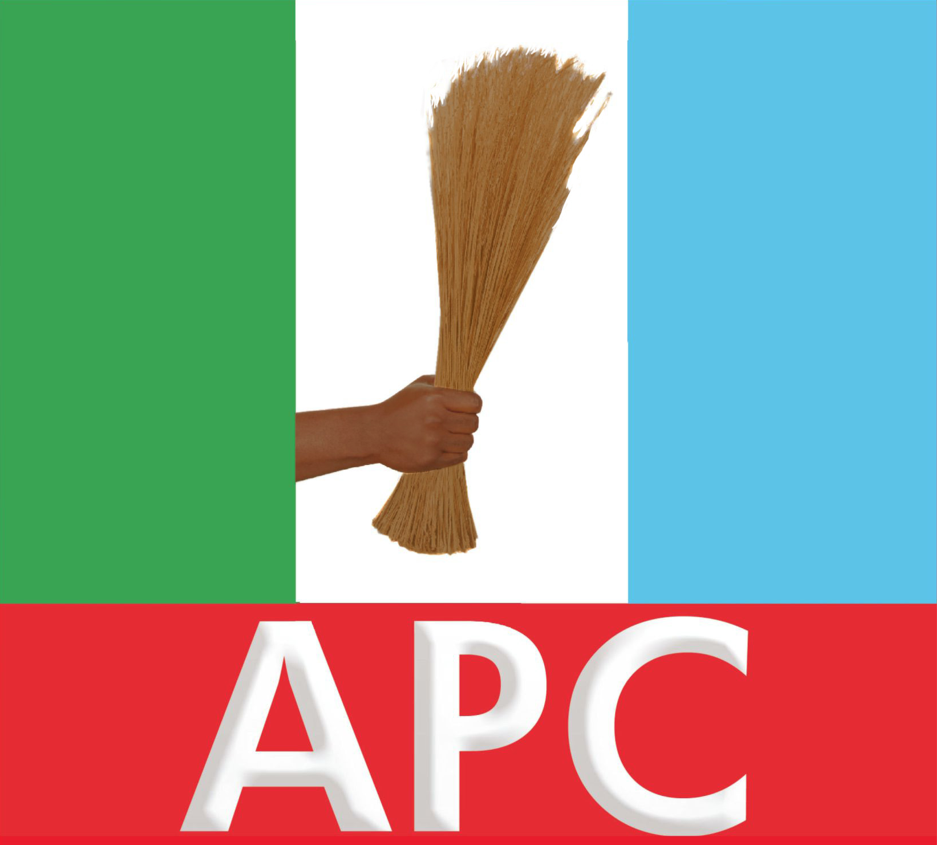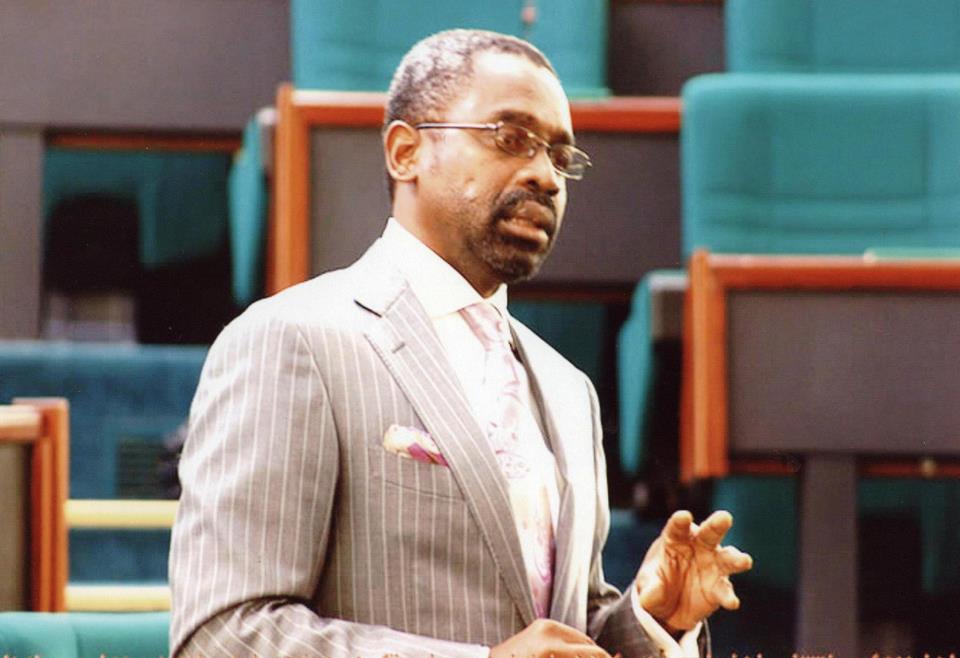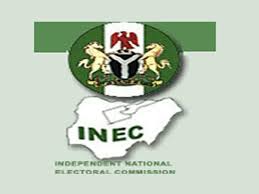Education: Between man and objects in Ogun
By Steve Oliyide
The veiled attempts to justify the education policy of the Amosun-led government then became issues, like opening a new vista into looking at the performance index under two different political administrations in Ogun State
Obviously since the former Governor of Ogun State, Otunba Gbenga Daniel, raised an issue about the construction of bogus model schools by his successor in office, Governor Ibikunle Amosun, as a misplaced priority and a needless waste of public funds, there seems to be no end to attempts by some, especially appointed officials serving under the new government, either directly or by proxies of NGOs, to stir the hornet’s nest. The veiled attempts to justify the education policy of the Amosun-led government then became issues, like opening a new vista into looking at the performance index under two different political administrations in Ogun State.
The latest of this being the widely syndicated opinionated articles by Yusuph Olaniyonu, the government’s spokesperson and Commissioner for Information and Strategy in the state. Incisive, but not quite revealing and educating enough. The omission might be understandable since it was not meant to be rather a piece of public relations material and not to set the record straight. It was meant to secure the sympathy of the unsuspecting public for a government which knows it is found wanting in the education sector and in one last desperate attempt to start a political campaign before election. This may also not be unconnected to the not too impressive performance of the All Progressives Congress in the Ekiti State governorship election just a few weeks ago. That is the political party to which Amosun belongs. So every available weapon of image laundering might not be out of place.
Olaniyonu’s deliberate oversight belies the clear departure from the policies of two different political administrations at different times, the signpost of which is their directional focuses in the education sector. One had taken the ‘people’ as the centre piece of all government policies and programmes, while another is so entranced and had taken ‘objects’ (for whatever it is worth in naira and kobo) as its prime focus. It is from here every other thing else derives.
Perhaps Olaniyonu had been away from Ogun State for too long not to know. But the records should be able to speak to him now as the Commissioner for Information, that the Tai Solarin University of Education, the very first of its kind in Nigeria, was founded by the immediate past administration in the state.
The instructive thing relative to this was that there are two ‘kinds’ of ‘rich’ people in life: those who made people and those who made things or money. The richer of the two is better imagined. It is also instructive that bogus structures, all in the name of ‘Model Schools’ (notwithstanding at what costs, the funds of which could better be deployed in other sectors in the knowledge and education supply chain) do not do the teachings but ‘model teachers’. These are the feeds which the University of Education are meant to supply. It is not encouraging that knowledgeable people should forget mind blowing feats such as this initiative, especially if and when such are calculated to build human capacities, which are meant to regenerate and reinvent with multiplier effects. History should not be rewritten in a hurry.
Records in the Ogun State Government custody should also be adequate enough to speak to the idea that several citizens of Ogun State, who made first class, were sent by the last administration to study for their Masters at various universities abroad under the Human Capital Development Programme initiated by the Daniel administration.
Still talking about human beings as the centre focus of government policies? The first batch of 15 left the shores of Nigeria in 2004 to Nothumbra University, Coventry University and University of Lancashire, while subsequent batches were admitted to same set of universities and the Nottingham University and Queen Mary University of London.
If late Chiefs Obafemi Awolowo and Bisi Onabanjo were to be alive, definitely it is not likely they would have reduced the concept of free education to this sharing of bags and books, which are outside and do not cover the current curriculum in schools as it is being celebrated by agents of the new government in Ogun State. It looks like this has been reduced to a cliché and political catch phrase to mock the poverty of the people. Definitely, not in an electronic and digital age when virtually all available knowledge are now captured digitally on electronic devices.
Governments should become more creative and not being lazy about some old tricks which do not and cannot serve the requirement of the modern age. There are lot more components which make up the search for and acquisition of knowledge. And these are what determines the standard of education. Not only in its availability or quantities, but in its adaptation to new realities, which are the hallmarks of its qualities. All these can only be made available in terms of training and exposures.
One would think the HUCAP project and the establishment of four new ICT polytechnics, which the South West Resource Centre, established by the previous administration to provide complimentary resources in Information and Communication support, were set to address. Just as one would also think that government records in the custody of Olaniyonu should contain files that reveals this fact. Books, computers were distributed to secondary schools by the last administration. So was the Simeon Adebo Library re-equipped. All these look like providing ancillary support base for the acquisition of knowledge.
On the flip side of infrastructures in the education sector, the several new lecture halls and Theatres (800, 1000, 1500 seaters) at the Moshood Abiola Polytechnic, Tai Solarin University of Education, Olabisi Onabanjo University could not have passed anyone’s notice. Not so with the College of Applied Sciences and Vocational Technology at TASUED. Except if we are not going to agree with the cybernetic relations between education and physical development, the Sports Hall at MAPOLY will make the diary of lists of achievements in education infrastructure to be credited to the immediate past administration in Ogun State. The Moshood Abiola Polytechnic’s administrative buildings was also redesigned and renovated, while the school’s auditorium under construction, but abandoned for many years, was completed in the last administration.
The flagship of the Amosun government’s policy on education in Ogun State appears to have been rested on the construction of 26 model schools. The fact that none of these was ready even in almost three years after several promises of deliveries since 2012, also point to the fact that the growth in the education sector cannot be premised on structures.
When speaking to statistics, government officials should be able to do so with every sense of responsibility. The idea that enrolment figures in public primary schools was celebrated to have increased from 174,820 in 2011 to 214,837 in 2012 could also not be a function of and in relative terms to the proposed new model schools, which are still under construction. Curiously, out of the over 200,000 pupils that were enrolled into the primary school level, the fact that a mere 165,536 made it to the Junior Secondary Schools suggests that some things do not add up. Could any other thing have been wrong? It may be revealing and educative to test the poverty index of citizens of Ogun State in the last three years to be able to explain what matrix is at play here. Could the people have been so impoverished to have made preferences for public education against private schools? Those who could not make it to secondary schools might have failed to go higher. Should we then say this is in appreciation of the supposedly ‘new standard’ foisted on them by the new regime or that parents could not longer afford the ‘meagre’ charges still existing as payments and levies in most of these schools? There are many questions begging for answers here.
However, if the Higher Education Performance rate of Ogun State increased from 18 per cent in 2011/2012 to 49.8 percent in 2012/13 academic session, are we then to agree that the students’ performance had suddenly improved in ‘just a year’ of the new administration, all thanks to uncompleted ‘model schools’ without ‘model teachers’? Or are we to suggest that students who were in their final years in 2012 were admitted in 2011 and they must have caught up with such new ‘standards’ in just a year? It is also not clear how the mere promises of housing and car loans which the government just made a few weeks ago in 2014, clear three years into an administration and in less than eight months to go for the regime, could have been instrumental to serve as a motivation to changing the performance index in the education sector.
It definitely must be a tall order expecting the new government to appreciate that the Daniel administration employed 2,000 teachers every year under his administration, all in a bid to increase the manpower requirements needed in the schools, while spending much of the funds coming from the Federal Government through the State Universal Basic Education on building infrastructure and classrooms in primary and some secondary schools and renovating others. In this clime, the Federal Government would have be relegated to the background so that SUBEB and other NGO projects now wear the cap of the new government in power.
Oliyide was Special Assistant to former Governor Gbenga Daniel of Ogun State between 2003 and 2011.





